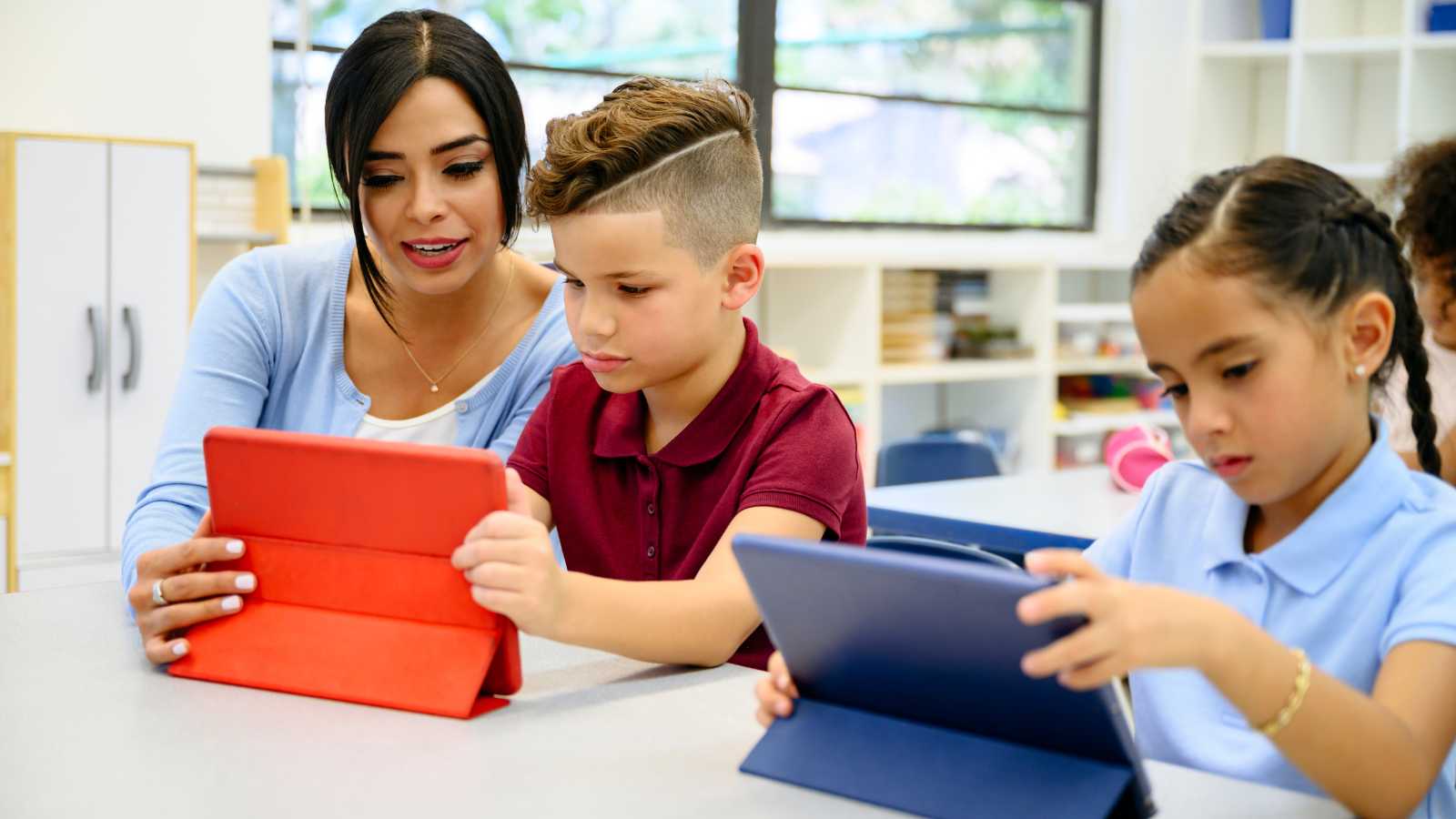The principles of Universal Design for Learning (UDL) aren’t solely about the technology, but UDL practitioners acknowledge that technology possesses the power to remove barriers. Understanding this pivotal role of technology underscores the necessity for a deliberate and purposeful approach to its integration within educational settings. It's absolutely essential to recognize that while technology has the capability to empower learners, its implementation requires a thoughtful strategy to ensure it doesn't inadvertently create new barriers. The key lies in purposeful and intentional use!
Purposeful Technology Use: Toolset→Skillset→Mindset
As technology continues to evolve and becomes part of our learning landscape, the precursor to integrating technology is awareness: awareness of the tools available, awareness of how to use the tools, and awareness of how or when to utilize the tools.
Prior to integrating technology, we encourage educators to:
1. Expand Your Digital Toolbox
Dive into new tools via professional development, social media, and peer discussions. Embrace exploration, celebrate successes, and learn from failures - all of these help to shape your skillset. Build your “toolbox” of resources that might be used for a variety of purposes in your classroom.
2. Hone Your Skills
Screen recording, infographics, interactive assessments - the possibilities are endless! As you learn about a variety of tools, it’s important to experiment and learn the “how-tos” of the resource. Through exploration, you gain not just familiarity with the tools, but also begin to identify transferable skills applicable across diverse learning situations.
Once awareness and skillset are established, educators are ready to harness the power of purposeful technology integration. However, one step remains: creating a transformative learning experience for students. So, how can educators evaluate resources to ensure barriers are being removed and students are being scaffolded? Luckily, a simple framework exists to guide this process: the UDL Tech Tool Audit (Make a copy and make it your own).
How to use the UDL Tech Tool Audit
The UDL Tech Tool Audit (created in partnership with the Grant Wood AEA & Iowa City Community School District) is a simple yet robust tool that allows you to intentionally evaluate the effectiveness of removing barriers from digital tools and resources. The Tech Tool Audit breaks down the evaluation process into three overarching phases: identify, outline, and reflect. During the identify phase, you not only name your selected digital tool, and anticipated location for incorporating it in the learning process but you also determine what you hope will happen as a result of learners’ use of the digital tool.
This example audit highlights Microsoft Flip being used at the end of a lesson to provide scaffolded, multiple modalities for students to showcase their thinking while also being able to gain new perspectives from others.
After the identify phase of the tech tool audit, you will shift into the outline phase, where you will determine which of the three pillars you hope to hone in on during the learning process. In addition, you will review elements for all three UDL pillars and check the boxes for all that will be incorporated by leveraging your selected digital tool. As you can see in the Microsoft Flip example above, there are many boxes checked across all three UDL pillars. As you review the example for Microsoft Flip, you may agree or disagree with some of the checked boxes. This is the beauty of the tech tool audit as it isn’t about a correct or incorrect answer but about scaffolding the evaluation of digital tools and their ability to remove barriers for all learners.
The final phase of the tech tool audit is all about reflection. Now that you have had the opportunity to identify the tool, where it will be used, and anticipated results from using it, as well as which elements from all three UDL pillars will be incorporated, it is time to reflect on how each of the selected UDL elements are truly amplified as a result of infusing your selected digital tool into the learning experience.
Wanting an example of the UDL Tech Tool Audit in “action?” The video below provides an example of an educator’s thinking for evaluating the integration of Edpuzzle (View audio transcript) (Edpuzzle example)
The UDL Tech Tool Audit can help educators not only be intentional about the tools they choose to use in their classrooms, but also help them integrate with intentionality and empathy in supporting their learners.
 Lynn Kleinmeyer is a Digital Learning Consultant for Grant Wood Area Education Agency in Cedar Rapids, Iowa. In addition to her technology integration work, Lynn supports area school districts in exploring and implementing UDL practices to support their students. Connect with Lynn @THLibrariZen
Lynn Kleinmeyer is a Digital Learning Consultant for Grant Wood Area Education Agency in Cedar Rapids, Iowa. In addition to her technology integration work, Lynn supports area school districts in exploring and implementing UDL practices to support their students. Connect with Lynn @THLibrariZen Andrew Fenstermaker is the Instructional Technology Coordinator at the Iowa City Community School District where he works to equip educators and students with innovative instructional technology solutions, that foster a dynamic and inclusive learning environment, resulting in enhanced educational outcomes. Connect with Andrew @a_fenstermaker
Andrew Fenstermaker is the Instructional Technology Coordinator at the Iowa City Community School District where he works to equip educators and students with innovative instructional technology solutions, that foster a dynamic and inclusive learning environment, resulting in enhanced educational outcomes. Connect with Andrew @a_fenstermaker


